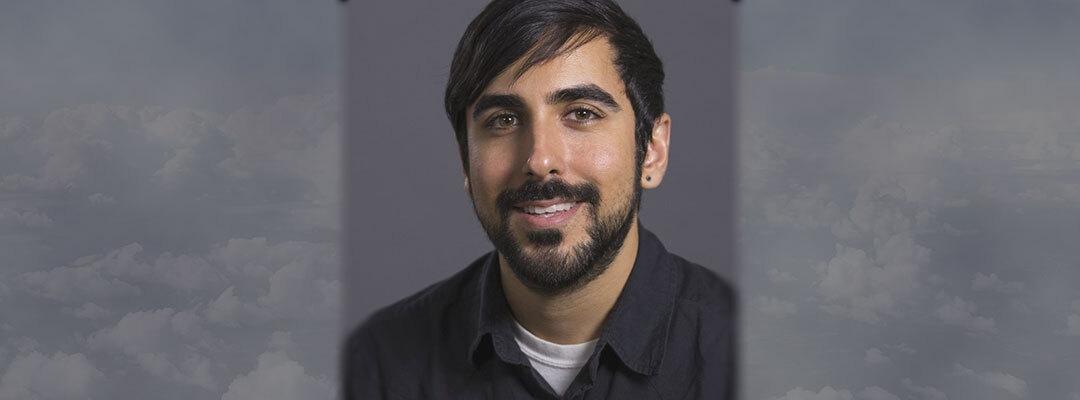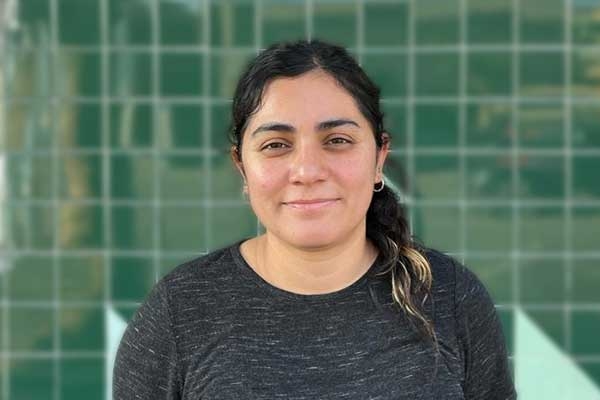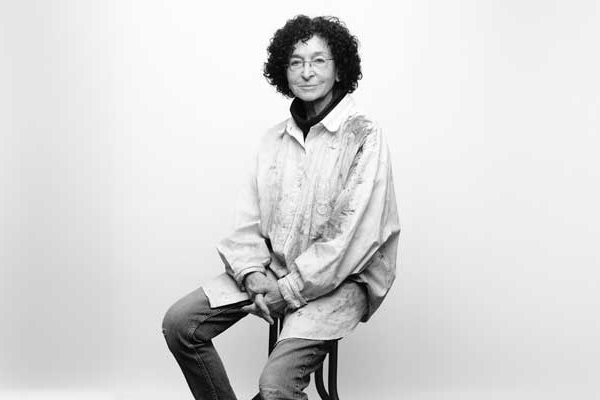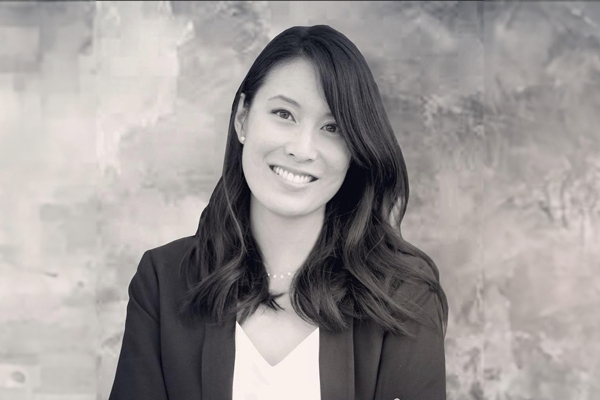Ramin Partovi considers himself a career-changer. But upon further inspection, changing careers from a customer success manager to a UX/UI designer isn’t that far of a leap.
Consider: Both roles need to keep the user’s interests and needs front and center. When there are issues involved with a product or service, both roles must be able to fully understand what’s happening and how to best solve it.
So it was when Ramin worked as an Enterprise Customer Success Manager at EverFi and collaborated on a project with the organization’s UX team that the two seemingly disparate fields melded into one.
“Being able to solve complex problems by working with end-users was something that was already aligned with what I was doing, but being more focused on the product,” he recalls.
On that project, Ramin describes: “I was working on our learning-management system that we used to house and distribute our online training. I helped bring new ideas and features to the UX team based on pain points that our customers were having. I also helped test those new features with our customer base.”
But I think that these two customer-centric roles fit together in that it's about going past the customer’s problem at the surface level.
And that’s where moving into a UX-centered role really clicked for Ramin.
“There are some similarities between those roles, such as putting the customer at the forefront of your business,” he admits. “Customer Success Managers are more responsible for bringing in revenue, reducing churn and maintaining relationships with the customers. But I think that these two customer-centric roles fit together in that it's about going past the customer’s problem at the surface level. Knowing how to investigate further and ask the correct questions will ultimately help you find the real problem that they are having.”
So now with eyes set toward moving into a UX role, Ramin began to shop around for an educational program that would get him to where he wanted to be. A friend of his had recently completed our User Experience program and really enjoyed it. So Ramin checked us out.
You came into this program with a clean slate. Tell me about your experience taking classes.
Because this was all new to me, it was pretty overwhelming—the information the instructors gave us and the projects we had to work on. The teachers were also really helpful in providing direction in finding your path as a UX designer.
The classes had lots of group projects that allowed me to get to know other classmates. My classmates were all eager to learn and willing to get together after class to work on projects.
In my User-Interface (UI) Design course, our group project had us build a mobile application from start to finish, called Tango. This means going through the UX design process—starting with a problem and solution-discovery phase, wireframing mockups, doing usability testing and presenting our solution. It was a good crash course on learning the material we needed for our classes.
Depending on what stage the product or feature is in, that's where I use the lessons learned from class, such as what methods we should employ during the problem- and solution-discovery phase.
Since completing the program, you’ve been working full time as a UX/UI Designer. Tell me about your current role at iTradeNetwork.
We have a team of five designer leads working on a whole suite of products. I'm working on two net applications for the company.
One is an online B2B marketplace for suppliers and buying organizations where they can connect and establish trading partnerships.
The other is a recall-management tool that lets buyers or sellers initiate a recall in their supply chain when certain products have been contaminated or were the source of a food-borne illness.
A typical work day is having multiple meetings with product managers, my director and other stakeholders who are involved with the product.
We discuss what parts of the product I'm going to be working on for the upcoming sprint, providing a status update on the product itself and any road blocks we're encountering.
Depending on what stage the product or feature is in, that's where I use the lessons learned from class, such as what methods we should employ during the problem- and solution-discovery phase.
Learning to understand both business and users needs was brought up a lot in all of my classes, so that has helped me position my thinking when moving to the ideation phase of my solution.
Start networking right away with classmates and other designers who are currently in the field. They will be a valuable resource in helping you find a job after the program.
What advice on how best to succeed would you give to someone who is starting the certificate?
Start networking right away with classmates and other designers who are currently in the field. They will be a valuable resource in helping you find a job after the program.
Become proficient in one of the prototyping tools like Figma and practice working on projects by signing up for a daily UI challenge.
Immerse yourself in the world of UX by signing up to receive articles on medium. Read the case studies so you can understand how the UX design process fits into the production of a product and the improvements implemented.
Do your own reading beyond what you learn in class. The instructors will go through the content they're teaching pretty quickly, so it's good to grasp what you learn by doing those additional readings.



